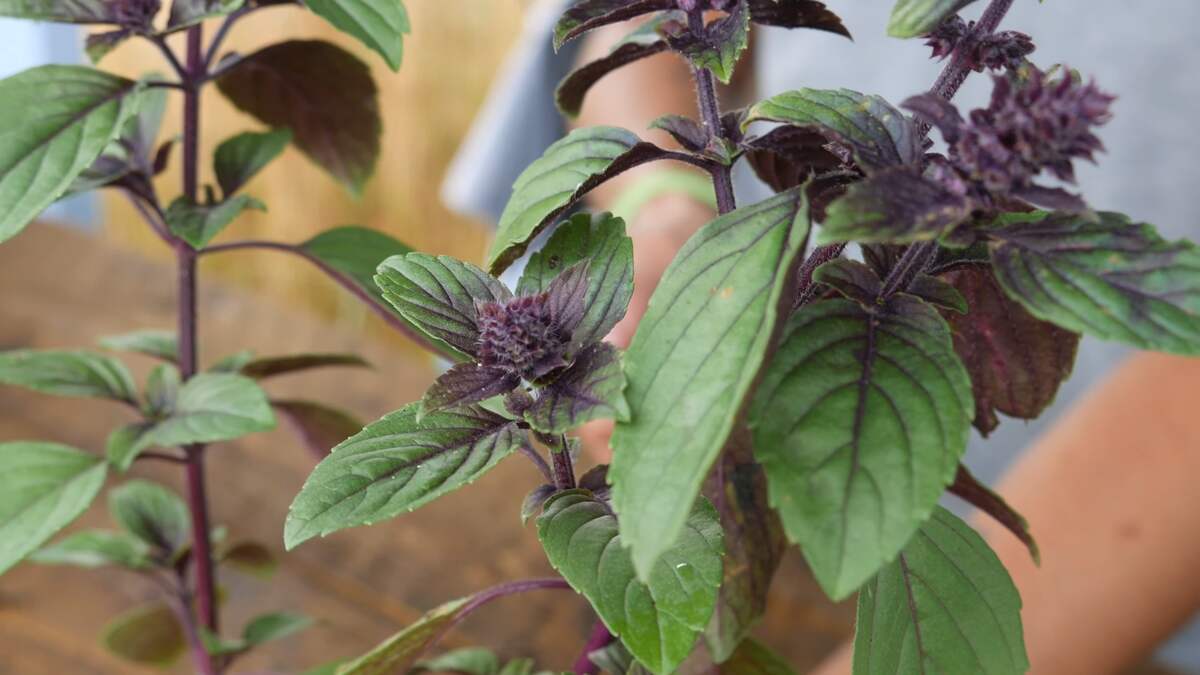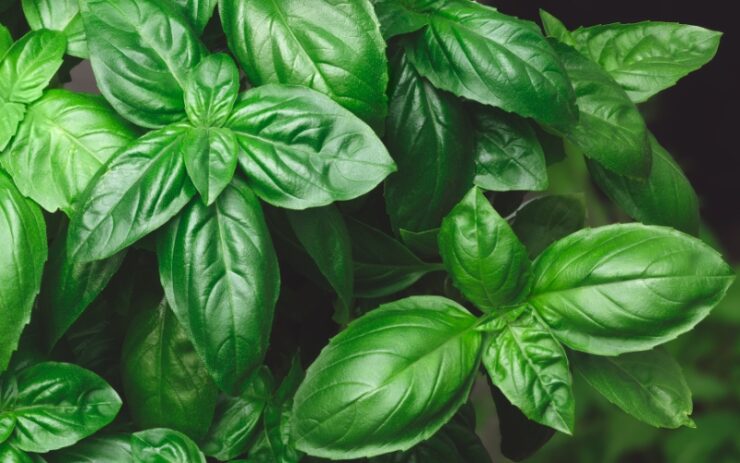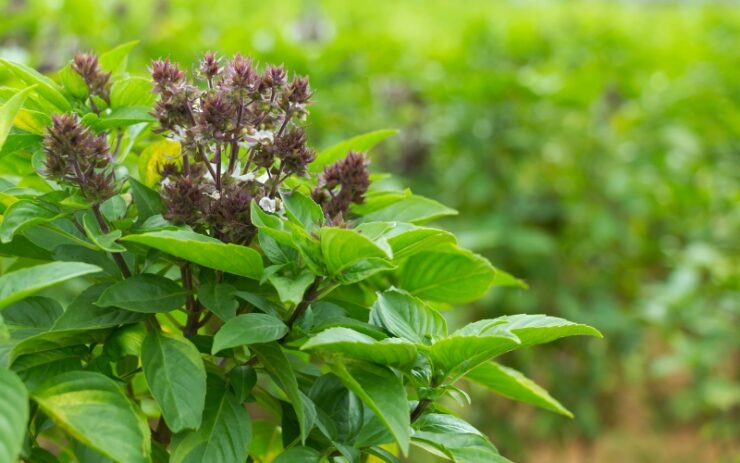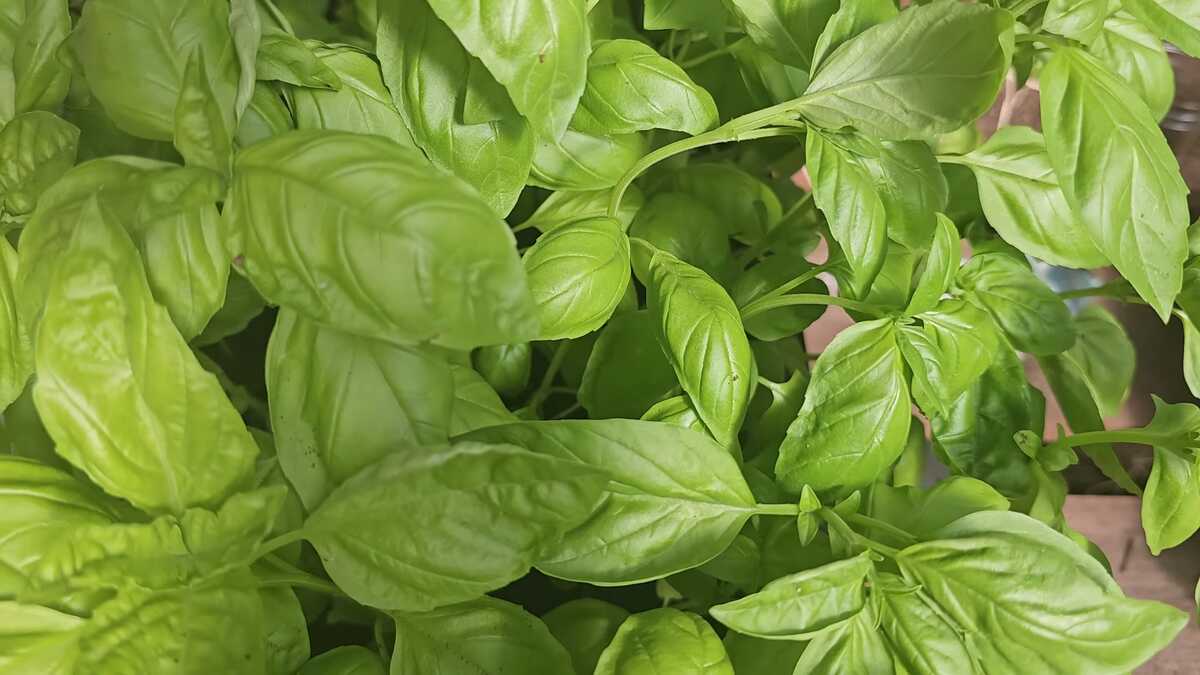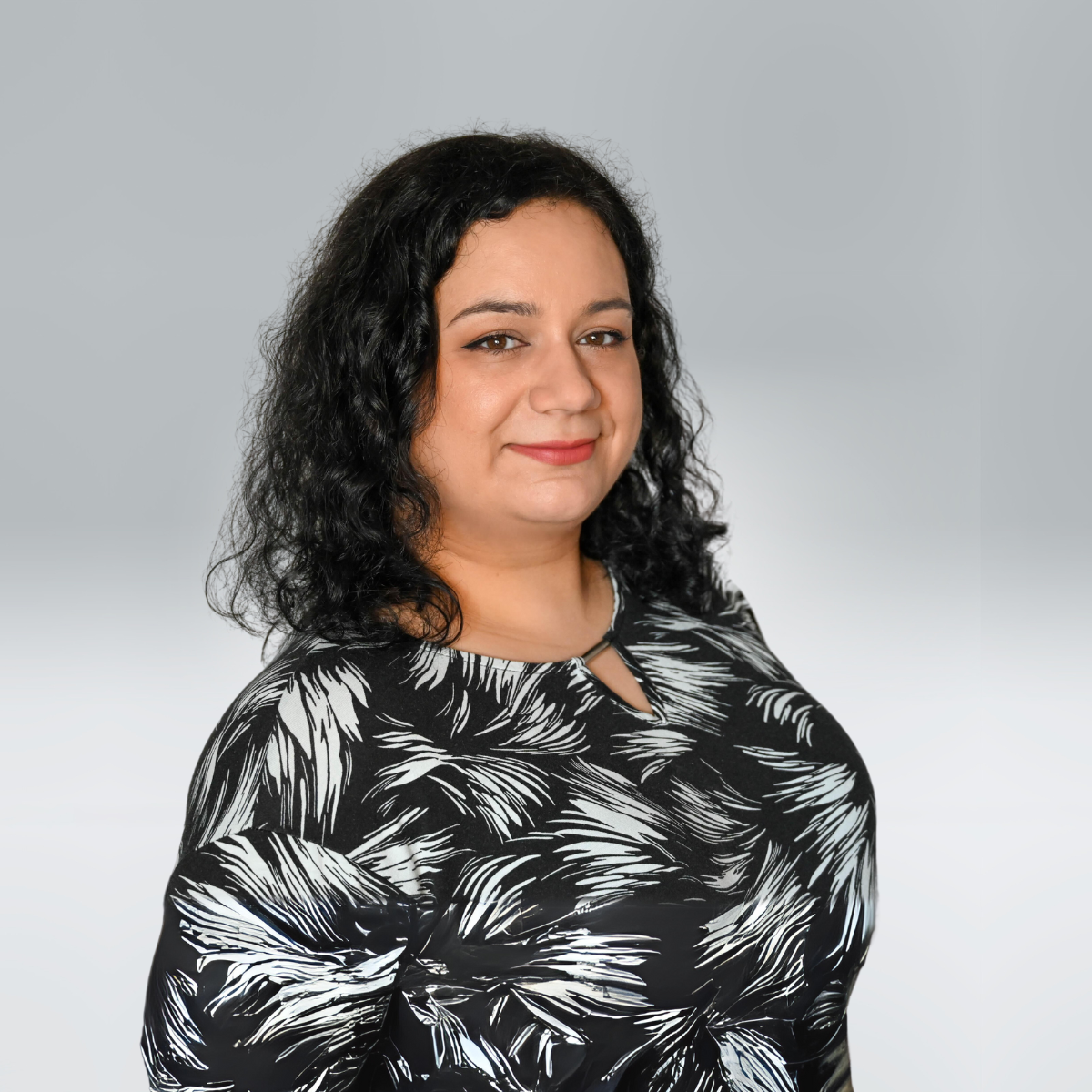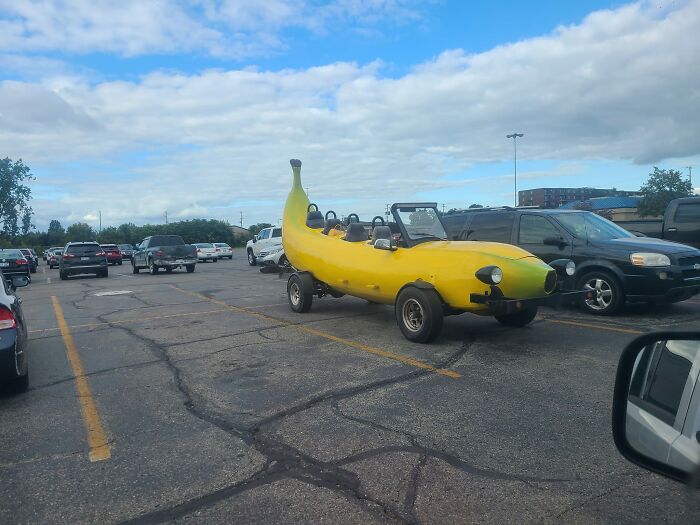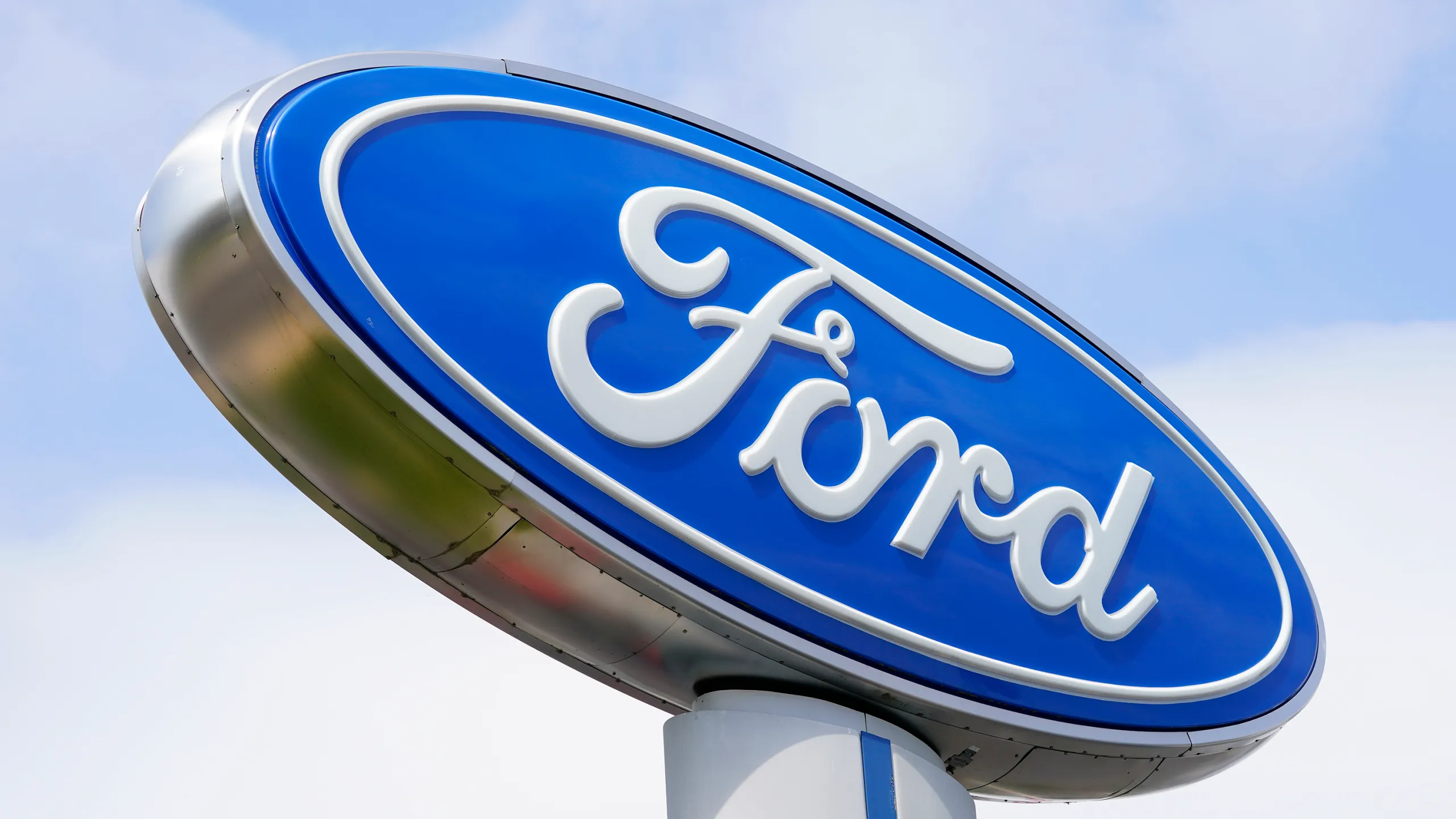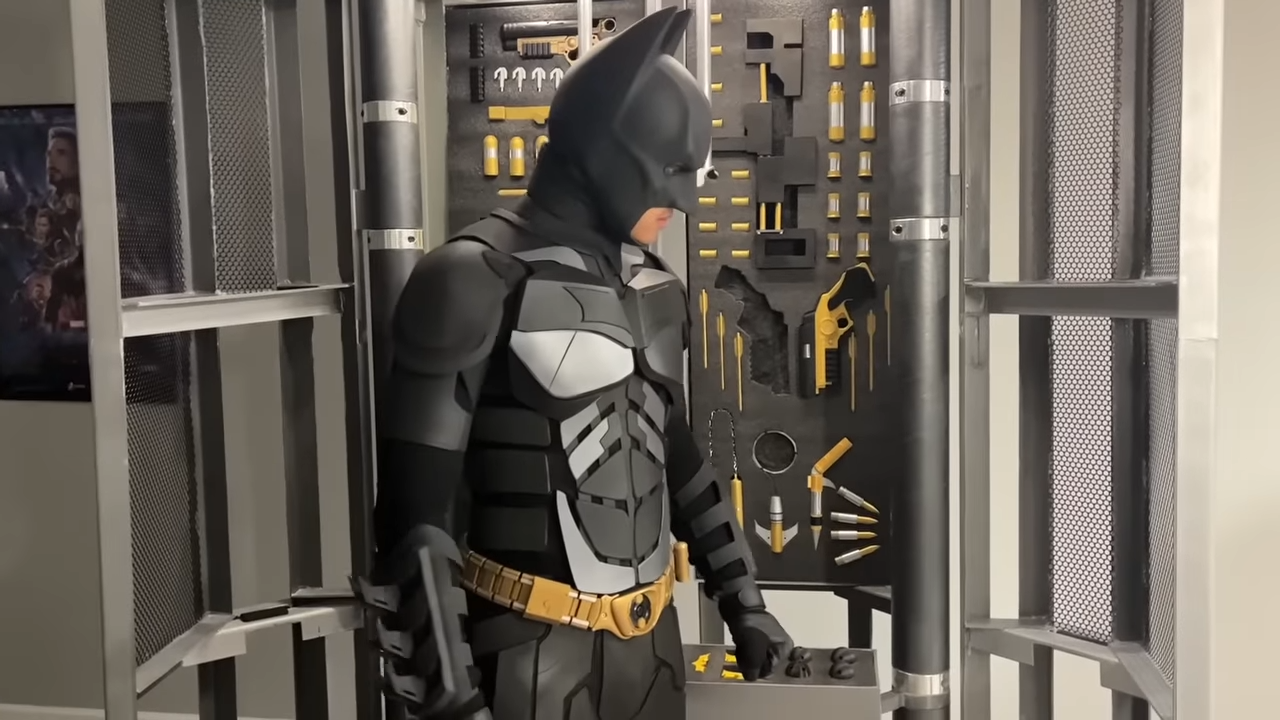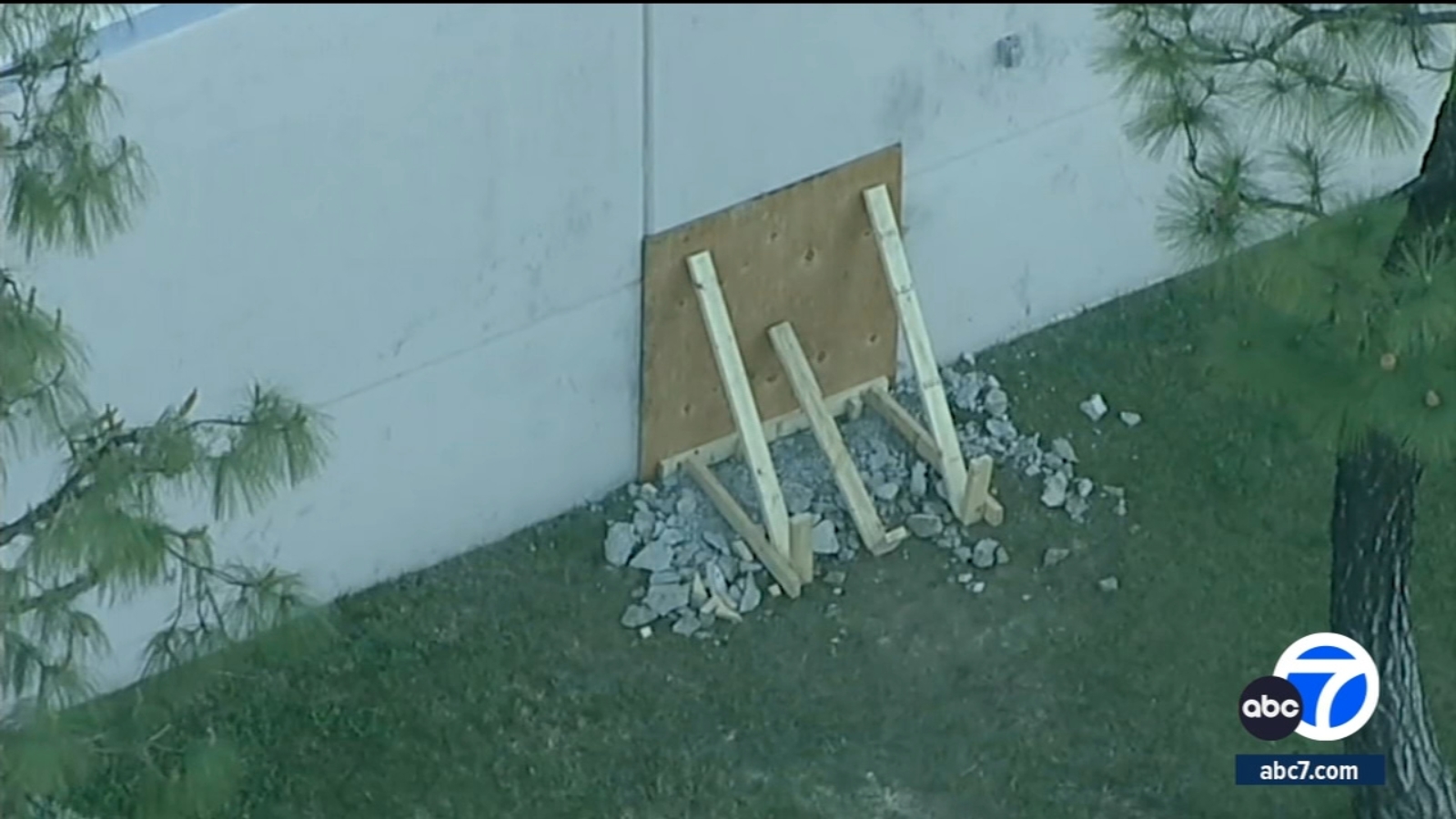About this time last year I wrote a column about how sad it is that everyone’s favorite Genovese basil, which used to grow so nicely until late summer, is now being decimated early in the season by a fairly new disease called basil downy mildew. A mold that loves warmth and humidity causes this disease, which starts out slowly with just a few yellow leaves. Before you know it, the whole plant is a gross mess of yellow and brownish-black splotches.
I offered several tips in that column for potentially avoiding basil downy mildew — or at least putting it off until you can make a couple of pizzas or something. And then about a week after the column came out, all of my basil plants got it and died. So, ha! What do I know, right?
Well, seriously, it is nearly impossible to avoid this basil plague. But I’m not giving up on Genovese basil, and you probably don’t want to either. So let me offer another strategy that I’ve been trying this year and is going well so far.
In addition to planting about five Genovese basil seedlings, like I always do, I also planted African blue basil, which is not susceptible to the disease. As of mid-August, I’ve only had to toss one diseased Genovese into the garbage. The other four are doing all right — fingers crossed.
I’d never heard of African blue basil until last year when a fellow gardener told me about it. He said he’d tried it and, though the leaves are a bit tougher than those of Genovese, the flavor is very similar and the plants have done really well in his garden.
I planted two of them in early June, and I agree with him on all counts. I’ve made some really great pesto out of this new basil, and because it grows super quickly and doesn’t bolt, I’m going to be making a lot more.
For those who’ve never heard of African blue basil, let me explain a bit about it. A hybrid variety created by crossing camphor basil and dark opal basil, it is grown as a perennial in climates much warmer than ours. But even in Minnesota, plants can easily grow to 3 feet tall over the summer.
The foliage is a pretty blend of dark green and purple, and plants produce loads of purplish-pink flowers that don’t need to be removed because, unlike most basils, they don’t go to seed because African blue basil is sterile. Pollinators LOVE the purple flowers, and I’ve found that they are just as tasty as the leaves and can be used in pesto, salads, pasta, cocktails or anywhere else you’d use basil.
Even if you don’t like the taste of African blue basil, it’s a great plant to add to sunny perennial gardens because it’s quite striking and you’ll attract plenty of bees and butterflies. African blue basil is also said to grow more easily indoors, so I’m going to try putting one in a sunny window this winter.
If all goes well, perhaps I can plant it outside once the weather warms up next season. The hitch with this type of basil is, since it doesn’t go to seed, you have to buy new plants each year and they cost a few more dollars than the typical varieties of basil we are all used to planting.
To save a few bucks, you could try propagating new plants yourself by rooting cuttings in water and then transplanting them into small pots until they grow big enough to be transplanted into the garden. I can see this working well in warm climates, but I’m not sure how successful we’d be using this strategy since we would need to overwinter the plants indoors for several long, cold months. I think I’ll give it a try this winter and let you know how that turns out.
Happy gardening. And may all of your basil be free of mildew.

